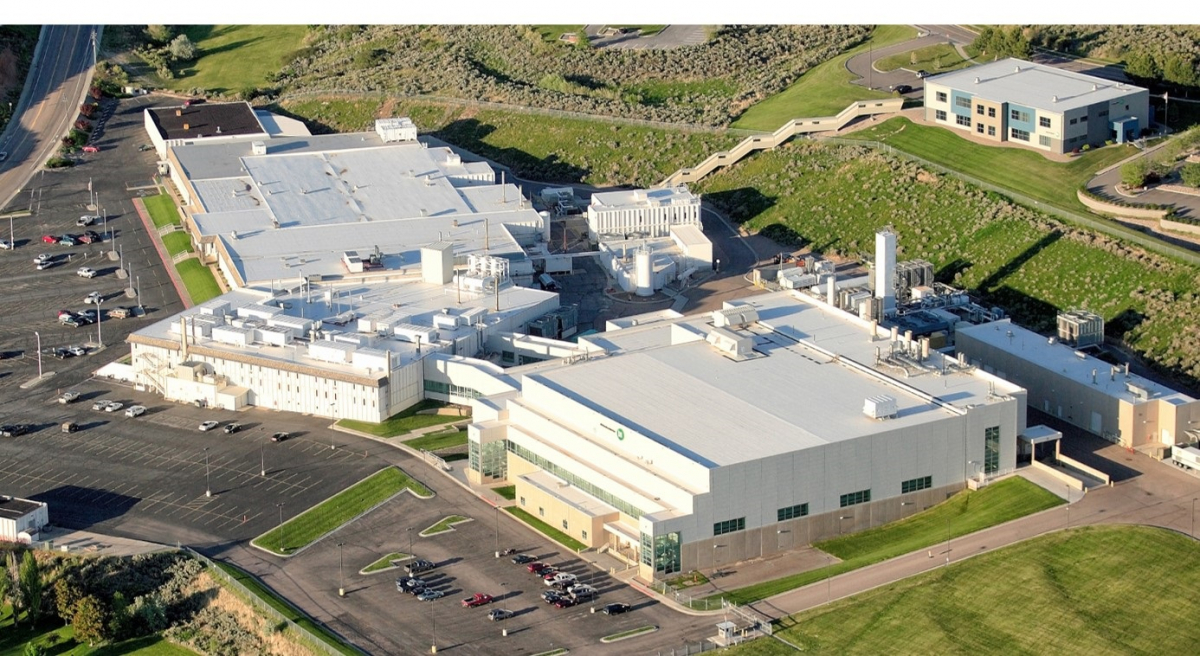How DOTs and MPOs can Support Economic Development
In November 2018, FHWA released a report and hosted a webinar on "The Role of Transportation Investment in Private Firm Site Selection," produced by EDR Group (now EBP). The materials are geared to helping DOTs and MPOs improve their understanding of how transportation access plans and investments relate to economic development and firm site selection decisions. This knowledge can increase the value DOTs and MPOs add to state and regional economic development initiatives.

The new report highlights how the type of firm or industry affects the weighting of factors considered in site-selection decisions. Key among these factors is accessibility, not only in terms of delivery and shipping logistics, but also as it relates to a firm’s workforce. In many fast-growing industries, such as high-tech manufacturing and research, firms prioritize having reliable access to a qualified workforce. This type of accessibility can encompass multiple modes, including highway, transit, and non-motorized options. Accessibility also relates to the ease with which workers can travel to and from their jobs, which may include factors such as transit headways, safety, congestion, and walkability, among others. On the other hand, a rail-truck intermodal container transfer facility will consider accessibility differently. These firms will likely focus less on worker accessibility and more on the ease and reliability with which trucks can travel to and from the site within a service region.
Case studies in the report illustrate site selection factors for several companies, including the following:
- For a new and large semiconductor chip fabrication plant near Albany, NY, access to a high-quality transportation system was a top priority. The firm’s perceived reliability of an Interstate highway for receiving raw materials and shipping finished products was a very important consideration. Perhaps just as important, however, was the firm’s perception that the region’s highway and transit system was designed and managed in a way that would support reliable employee access well into the future as the facility grows.
- A major e-commerce fulfillment center decided to locate a new facility in suburban Minneapolis, MN. With relatively inexpensive land and ready access to Interstate highways, the site was attractive for a million square foot building that would be handling last-mile deliveries across the region. However, once built and open, the operator found it difficult to attract workers because the local, fairly affluent community had few people seeking the types of relatively low-wage positions offered. The owner eventually identified communities within the urban core of Minneapolis where lower-skilled workers were seeking steady employment and worked with the regional transit agency to subsidize and establish bus service connecting those communities with the fulfillment center, about 25 miles away.
Another perspective on how a location’s context can affect site selection is seen in the fast-food chain McDonalds’ recent decision to move its corporate headquarters from to downtown Chicago. McDonald’s, located for many years in a “sprawling” suburban location with virtually no transit options was facing growing challenges attracting and retaining qualified employees, particularly millennials, who now frequently choose to live car-free. The new downtown Chicago headquarters site is within walking distance of a rapid transit stop, two commuter rail stations, and bus stops, as well as bicycle-friendly. The site offers McDonald’s employees multiple options for commuting, making it far more accessible than the car-centric suburban location.
EDR Group’s work suggests that DOTs and MPOs seeking a positive impact on economic development and site selection processes should forge closer relationships with economic development organizations. We found that the most competitive regions prepare for corporate locations in advance by assessing the viability of specific sites and making them attractive. By understanding the multiple and inter-related dynamics of the site selection process, DOTs and MPOs can better facilitate the economic development of states, regions, and municipalities. EDR Group’s work across the country in analyzing and forecasting the economic impacts of transportation improvements is helping states, regions, and cities make more effective and beneficial investment and policy decisions.